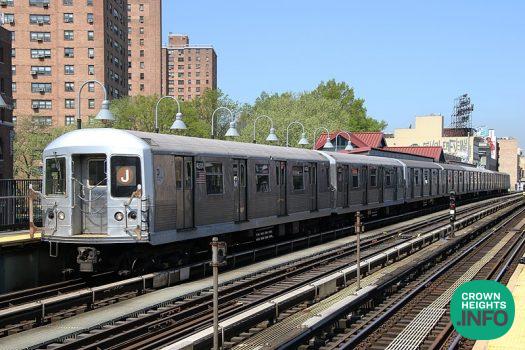
MTA Subway Ridership Tops 3 Million for Three Consecutive Days for First Time Since December 17th
Governor Kathy Hochul today announced that New York City Subway ridership surpassed the 3 million mark for three consecutive days this week.
According to the Metropolitan Transportation Authority (MTA), the subway system carried 3,015,755 customers on Tuesday, 3,087,731 customers on Wednesday, and 3,108,216 customers on Thursday. This marks the first time that subways have carried over 3 million riders for three days in a row since the Omicron wave hit New York City on Dec. 17, 2021. Weekly subway ridership has now reached 55 percent of pre pandemic levels. The latest ridership figure is a 54 percent increase since it hit a weekday Omicron low of 2,011,675 on Dec. 27, 2021. Since then, mask compliance has improved to 95 percent on subways and ridership has trended back up.
“Strong public transit ridership is yet another sign that New York’s comeback is only growing stronger,” Governor Hochul said. “The subway is the lifeblood of the city, servicing millions of riders a day and keeping New York moving as our economy rebounds from the pandemic. Strong and dynamic transportation infrastructure is key to our recovery, and we are working hard to maintain our progress in returning to pre-pandemic levels.”
To further encourage ridership, the MTA announced a series of new fare pilot programs that makes fares more affordable, more flexible, and fairer, including a cap on weekly fares through the Authority’s contactless payment system, OMNY, with the “Lucky 13” feature. Starting with the 13th ride of each week every additional ride on subways or buses is free for the rest of that week.
MTA Chair and CEO Janno Lieber said, “We’ve come flying back from the Omicron surge as New Yorkers are ready to ride the subway to their destination. New Yorkers are coming out of Omicron, they’re coming back to mass transit, and now they are going to take advantage of some really attractive new fare promotions.”
The MTA has undertaken unprecedented cleaning and disinfecting protocols in the year since the pandemic began in 2020 to ensure that the system is as safe as possible for its customers. The Authority has also rolled out public education campaigns and issued millions of masks to its customers.
Prior to the pandemic, average weekday ridership totals routinely exceeded 5.5 million in the subway system. That figure fell by 95 percent to a low of roughly 300,000 daily trips in April 2020 as the number of COVID-19 cases peaked in the New York City area. MTA employees continued to provide service for the frontline healthcare professionals and other essential workers who needed to get to work during some of the most difficult days in New York City history.












